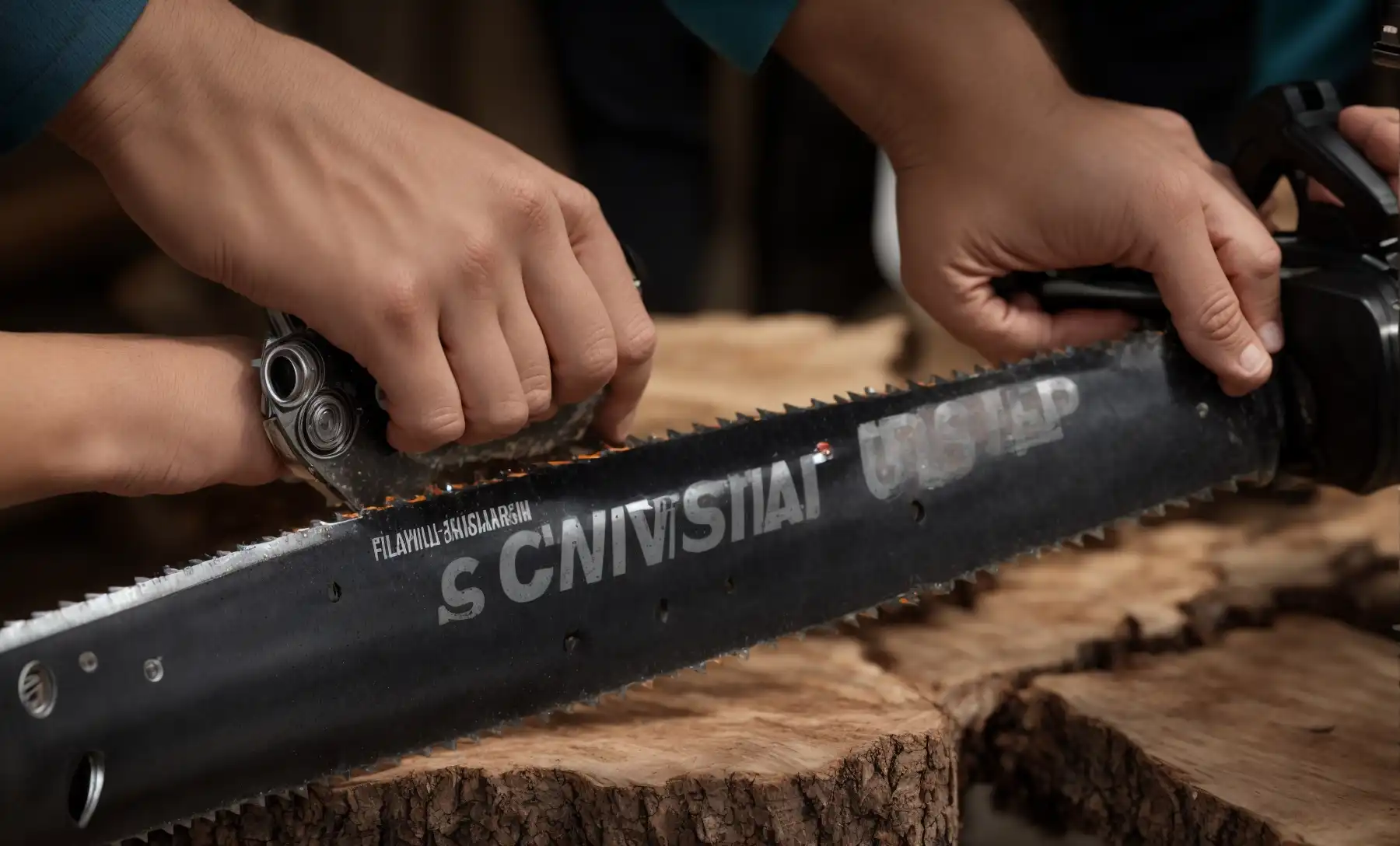To read a chainsaw bar for stamped info on length, pitch, gauge, and link count, essential for correct chain replacement and maintenance.
A chainsaw is an indispensable tool for many outdoor tasks, but like any other equipment, understanding its components is crucial for safe and effective use. In this comprehensive guide, we’ll walk you through how to read a chainsaw bar, including demystifying the markings and numbers you’ll find on it. Let’s dive in!
Understanding the Basics of a Chainsaw Bar
The chainsaw bar, also known as the guide bar, is the elongated piece of the chainsaw that guides the chain’s movement. Reading the bar correctly is essential for:
- Maintaining your chainsaw
- Ensuring the correct chain tension
- Selecting the right replacement parts
Please note: Before examining or maintaining your chainsaw, ensure that it is turned off and that the chain is not moving to prevent accidents.
Locating the Information Stamped on Your Chainsaw Bar
Chainsaw bars come with a variety of information stamped onto them which can include:
- The length of the bar
- The pitch of the chain
- The gauge of the bar
- The brand or manufacturer
- Model-specific numbers
These details are usually found near the mount where the bar attaches to the chainsaw or on the side of the bar itself.
Reading Chainsaw Bar Markings and Numbers
Reading the markings on your chainsaw bar is vital for proper maintenance and replacement. Here’s what you need to know:
| Marking | Description |
|---|---|
| Bar Length | This is the length of the chainsaw bar which is typically measured in inches. It represents the active cutting area of the bar. |
| Pitch | The pitch is the distance between any three consecutive rivets divided by two. It determines the chain size that fits on the bar. |
| Gauge | The gauge is the thickness of the drive links and it must match the bar groove exactly to avoid slippage or jamming. |
| Brand/Manufacturer | Identifies the maker of the chainsaw bar. It can be useful when looking for compatible parts or warranty information. |
| Model Numbers | These numbers may refer to the bar’s model, which is helpful when purchasing correct replacements or referencing the user manual. |
Best Practices for Chainsaw Bar Maintenance
Regular maintenance of your chainsaw bar is important for the longevity and safety of your chainsaw. Here are some tips:
- Regular Cleaning: Keep the grooves and oil hole free of debris to ensure proper lubrication of the chain.
- Inspection: Check for signs of wear or damage before each use. Look for bends or cracks in the bar.
- Bar Oil: Use the appropriate bar and chain oil to reduce friction and prevent premature wear.
- Bar Rotation: To ensure even wear, rotate your chainsaw bar each time you sharpen or change the chain.
- Storage: When not in use, store your chainsaw in a dry, clean place.
Learn also: How Many Rpms Does a Chainsaw Run
Conclusion
Understanding how to read a chainsaw bar is essential for proper chainsaw maintenance and safety. By knowing the bar length, pitch, gauge, brand, and model number, you can accurately maintain and find compatible parts for your chainsaw. Always remember to perform regular maintenance and follow best practices for chainsaw care to get the most out of your equipment. For the love of chainsaws, keep connected with Chainsaw Hive. Our Knowledge category is where passion meets information.
